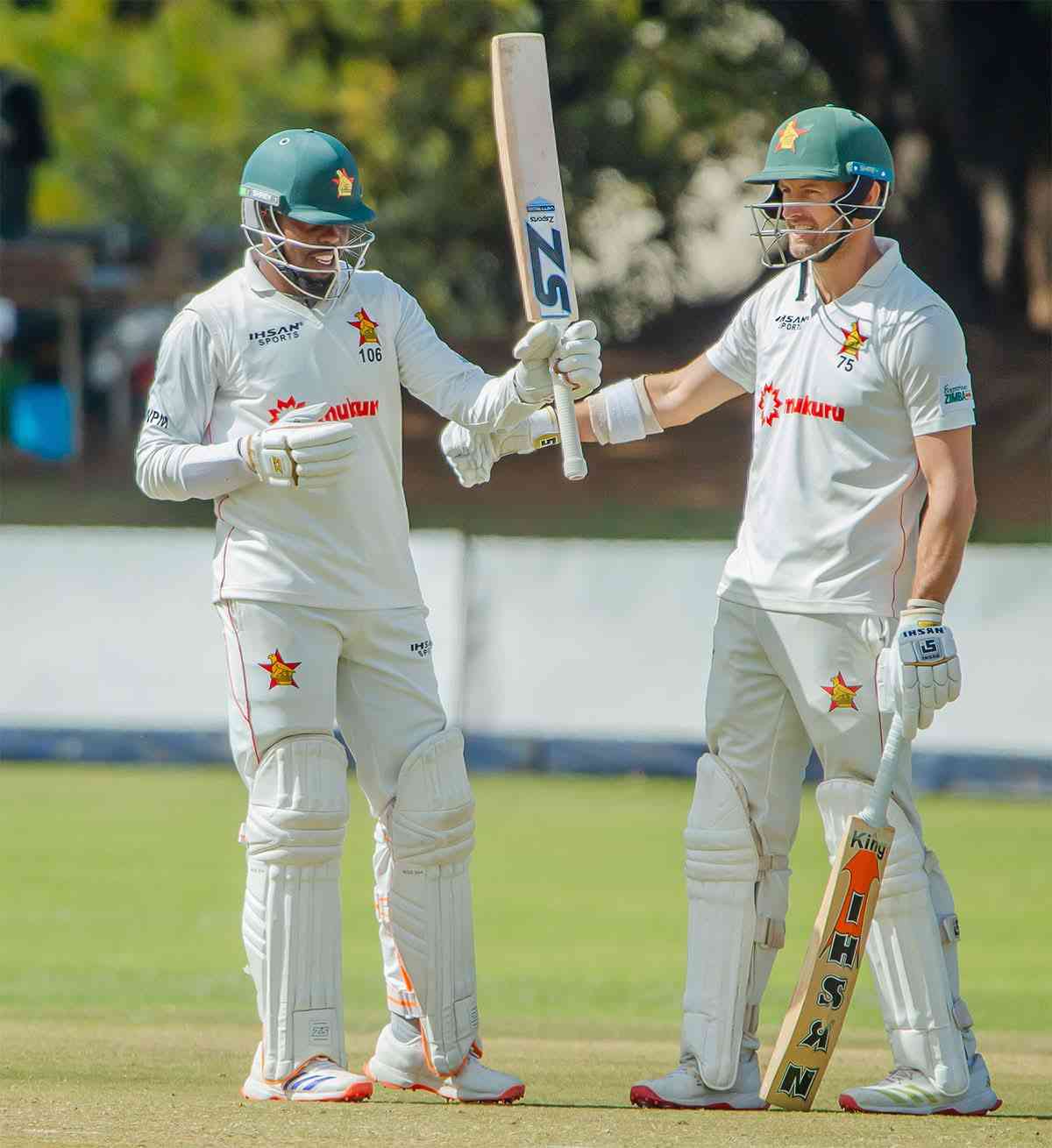
THERE is no doubt that Zimbabwe will be facing a dangerous Bangladesh side when the two teams meet for five ODIs in Bulawayo next month.
Zimbabwe has not played international cricket in five months, and although their last series against Kenya back in February produced a comprehensive 5-0 win, the lack of game time since then will mean they are at a slight disadvantage coming into this series.
Off-spinner Prosper Utseya will once again marshal the side, and the spotlight will be on how he unifies the team against a Bangladesh side that is currently playing an explosive, attacking brand of cricket and which heavily rely on their spinners to make hay.
Playing at Queens Sports Club, batsmen with ability to play slow deliveries and seamers with variations (subtle changes in pace) should get the nod.
On the batting front, Zimbabwe will heavily rely on Hamilton Masakadza, who in 68 ODIs is yet to score a century. His average is only 23.86, not reflective of the obvious talents he has. He nevertheless is one of the best players of slow bowling in the country, and it is in games of this nature that he should stand up and be counted.
Another key man is Elton Chigumbura, a clean striker of the ball, himself another good player of spin. His weakness is inconsistency which renders him rather unreliable, although he chips in with useful wickets upfront, with the potential of getting to the 145km/h mark.
Twenty-three-year old wicketkeeper Forster Mutizwa should consider himself unlucky if he does not get a spot in the starting line-up. With an average of 41.33, he can be picked on his batting alone, and his recent two-week training stint in Australia should boost his confidence.
On the bowling front, Tawanda Mupariwa is expected to lead the attack. Although he has been criticised for lacking genuine pace, he has taken 52 wickets in 33 one-dayers, averaging 25 balls per wicket.
- Chamisa under fire over US$120K donation
- Mavhunga puts DeMbare into Chibuku quarterfinals
- Pension funds bet on Cabora Bassa oilfields
- Councils defy govt fire tender directive
Keep Reading
Mupariwa is the ideal option at Queens. He possesses a good slow ball and hits good lengths consistently in spite of his limited pace.
Ed Rainsford exhibited much more control in the home series against Sri Lanka and his ability to swing the ball should see him share the new ball with Mupariwa.
Utseya is the frontline spinner, partnered by a left-arm spinner, Ray Price. His ability with the bat as well strengthens his case. Medium pacer Admire Manyumwa has a strong case for inclusion in the starting line-up after performing consistently in the past domestic season and with the Zimbabwe “A” side.
On the back of their historic series win against a depleted West Indies side, Bangladesh will be a tougher opponent. Although it was only a makeshift Windies side, the Tigers still managed to play proper cricket, and to push for a result.
The player to watch is Tamim Iqbal, who plays aggressively at the top of the innings. Bangladesh depend on him to get the team off to a flyer. At 20, he has shown a lot of promise and should relish the prospect of playing in Zimbabwean conditions.
Former captain Mohammad Ashraful remains a threat. His elegant batting, as in the past, could provide problems for Zimbabwe’s bowlers. Junaid Siddique has also established himself at the top of the order and has really blossomed of late.
Should he recover from an injury sustained during the Caribbean tour, newly appointed captain Mashrafe Mortaza should bolster the Bangladesh attack as he has ably done for some time now. He bowls sufficiently well to trouble the best in the world.
Their spin department is their forte. Former national Under 19 off-spinner Mahmudullah will be a handful. Enamul Haque Jnr, who will be returning to the country he debuted four years ago if he makes the trip, should also find Zimbabwe a happy hunting ground.
As for Zimbabwe, the “inexperienced” excuse is way past its sell-by date, and the knives are out if they fail here.
Tsvanhu is a Zimbabwe first-class cricketer studying media and journalism at the University of KwaZulu Natal in South Africa.
BY PROSPER TSVANHU











